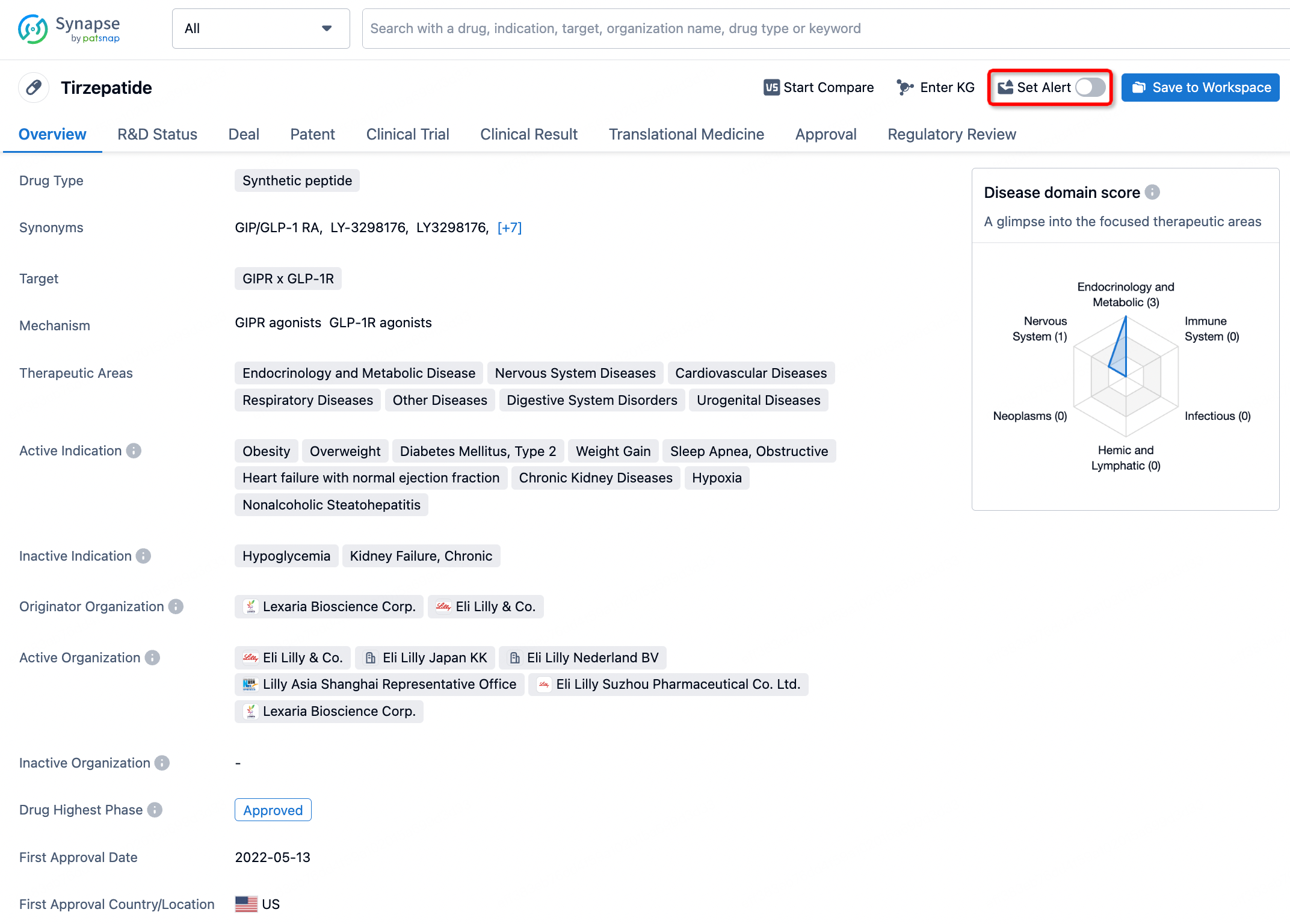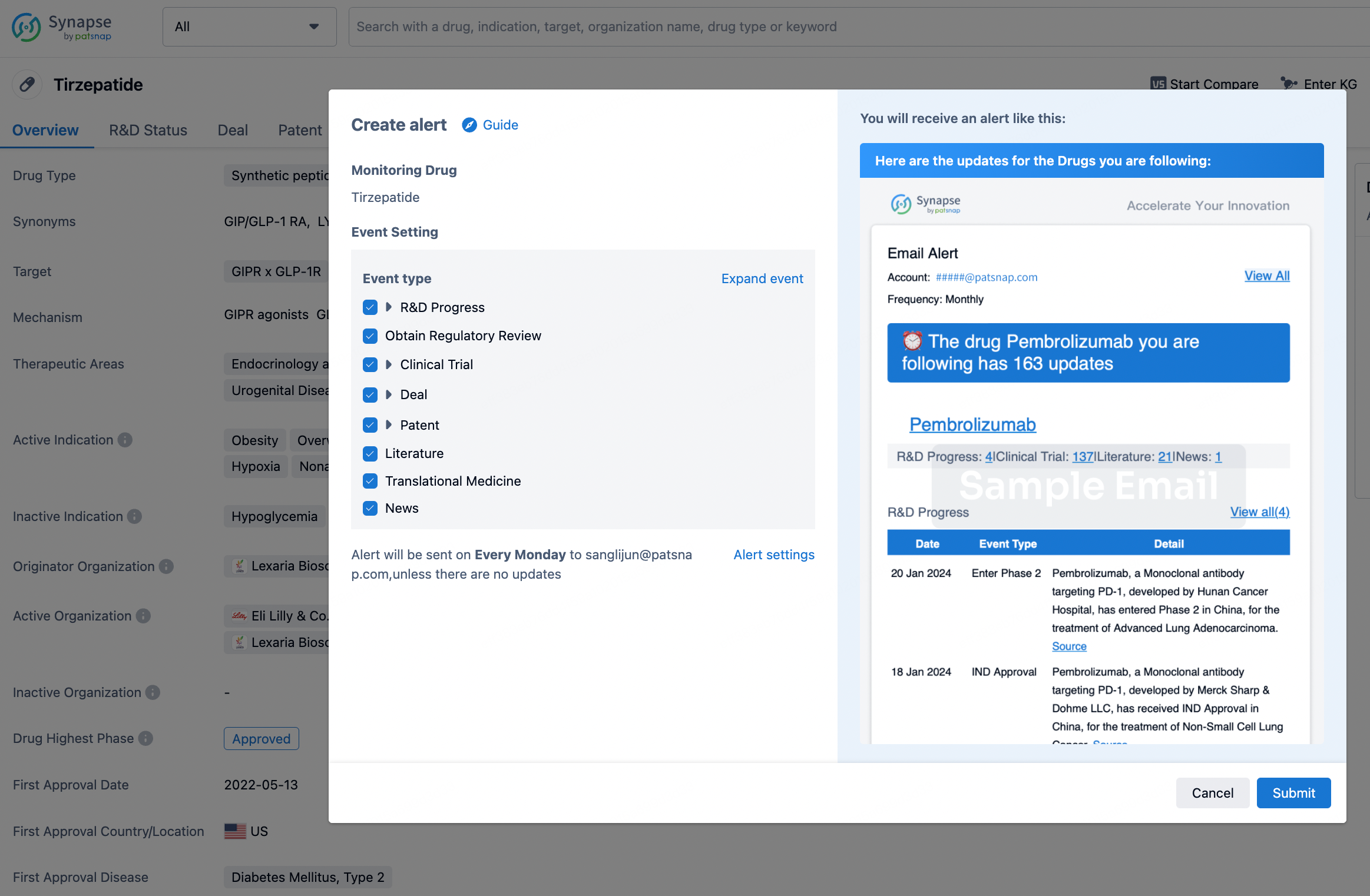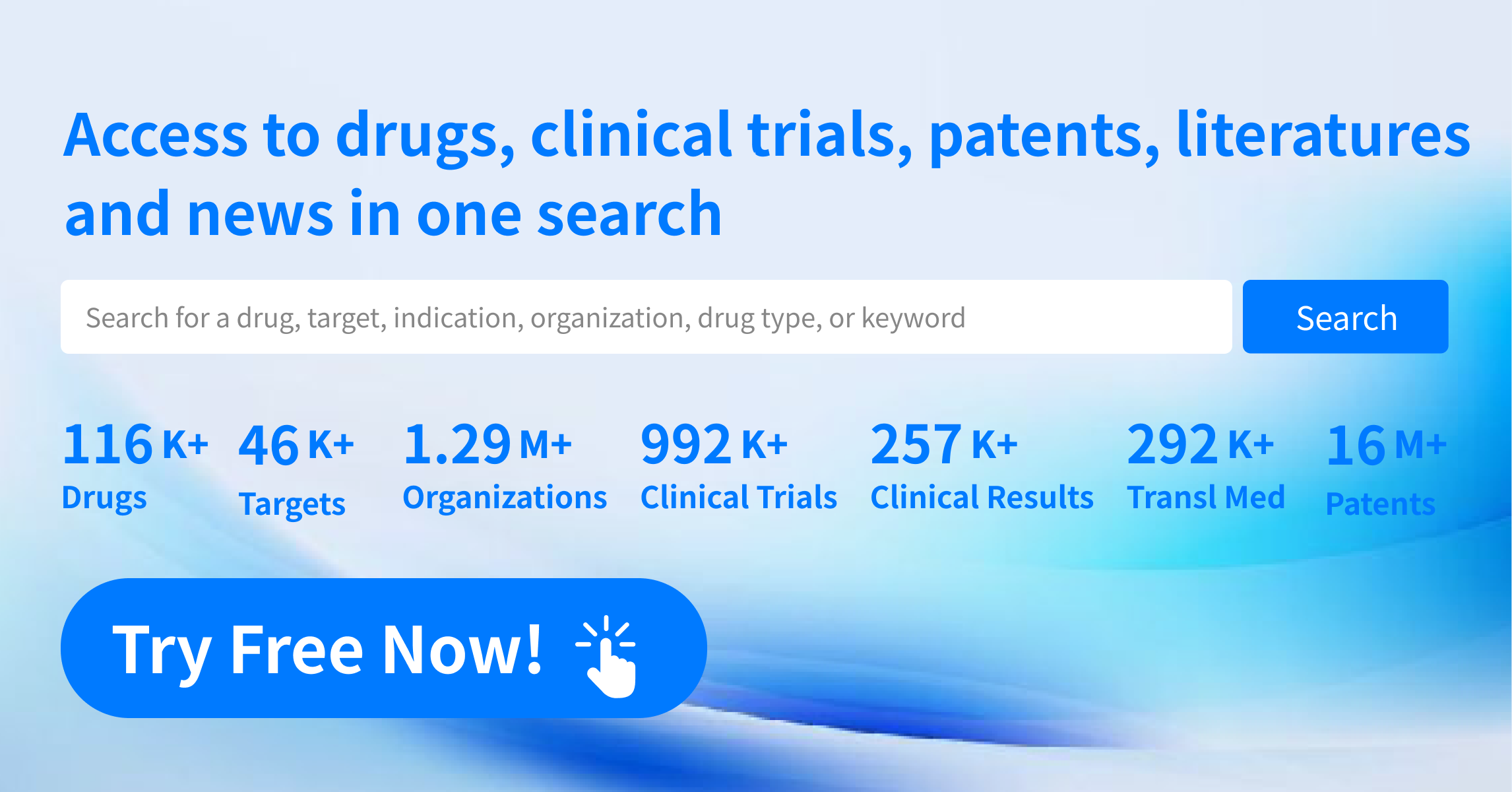Request Demo
What is Enisamium iodide used for?
14 June 2024
Enisamium iodide is an antiviral medication that has been attracting interest in the medical community for its potential to combat various respiratory infections, including influenza and other viral respiratory illnesses. Marketed under several trade names such as Amizon, Enisamium iodide is primarily developed and researched by numerous pharmaceutical companies and research institutions focused on infectious diseases. This drug falls under the category of small-molecule antiviral agents, designed to inhibit viral replication. It has shown promising results in preclinical and clinical studies, making it a candidate for broader applications in antiviral therapy. Enisamium iodide has been indicated for use in treating influenza and other acute respiratory viral infections, and its research is ongoing, with numerous studies exploring its efficacy and safety profiles.
Enisamium iodide's mechanism of action involves the inhibition of viral RNA polymerase, an enzyme critical for the replication of viral genomes. By targeting this enzyme, Enisamium iodide can effectively halt the replication process of the virus, thereby reducing the viral load in the body and allowing the immune system to combat the infection more effectively. This mechanism is somewhat similar to that of other antiviral drugs that target viral replication, but Enisamium iodide has shown a broad-spectrum activity, meaning it could be effective against a variety of viruses beyond just influenza. Research into its exact molecular interactions and the full scope of its antiviral activity is still ongoing, but initial findings suggest it operates by binding to a specific site on the viral RNA polymerase, impeding its function and disrupting the viral life cycle.
The administration of Enisamium iodide is relatively straightforward, typically available in tablet form for oral consumption. The dosage and administration schedule can vary depending on the severity of the infection and specific patient characteristics, such as age and overall health. Generally, it is recommended to start treatment as early as possible after the onset of symptoms to maximize efficacy. The typical onset time for Enisamium iodide to begin showing therapeutic effects is within a few hours of administration, with patients often experiencing relief from symptoms within the first day of treatment. It's essential for patients to follow their healthcare provider's instructions regarding dosage and duration of treatment to ensure optimal results and minimize the risk of resistance development.
As with any medication, Enisamium iodide can cause side effects, although not everyone will experience them. Common side effects include gastrointestinal disturbances such as nausea, vomiting, and diarrhea. Some patients may also experience dizziness, headache, or allergic reactions such as rash or itching. In rare cases, more severe side effects can occur, including liver function alterations and hypersensitivity reactions. It's crucial for patients to inform their healthcare provider of any preexisting conditions or other medications they are taking, as these can influence the risk of side effects. Contraindications for Enisamium iodide use include hypersensitivity to the drug or any of its components, severe liver or kidney impairment, and certain autoimmune disorders. Pregnant or breastfeeding women should only use Enisamium iodide if clearly needed and after consulting their healthcare provider.
The interaction of Enisamium iodide with other drugs is an important consideration for ensuring safety and efficacy. Some medications may affect how Enisamium iodide works, or Enisamium iodide may alter the effects of other drugs. For example, concurrent use with other antiviral agents or medications metabolized by the liver's cytochrome P450 enzyme system could potentially lead to drug interactions that might either enhance or diminish the therapeutic effects or increase the risk of adverse effects. Patients should provide their healthcare provider with a complete list of all medications they are currently taking, including prescription drugs, over-the-counter medications, herbal products, and supplements. This allows the healthcare provider to assess for potential interactions and make any necessary adjustments to the treatment plan.
In conclusion, Enisamium iodide represents a promising option in the arsenal against viral respiratory infections, particularly influenza. Its mechanism of action, targeting viral RNA polymerase, sets it apart from other antiviral agents and underscores its potential broad-spectrum antiviral activity. Proper administration, attention to side effects and contraindications, and awareness of potential drug interactions are essential for maximizing the benefits of Enisamium iodide while minimizing risks. As research continues, we can expect to learn more about the full potential and applications of this antiviral agent, offering hope for more effective treatments against various viral infections.
Enisamium iodide's mechanism of action involves the inhibition of viral RNA polymerase, an enzyme critical for the replication of viral genomes. By targeting this enzyme, Enisamium iodide can effectively halt the replication process of the virus, thereby reducing the viral load in the body and allowing the immune system to combat the infection more effectively. This mechanism is somewhat similar to that of other antiviral drugs that target viral replication, but Enisamium iodide has shown a broad-spectrum activity, meaning it could be effective against a variety of viruses beyond just influenza. Research into its exact molecular interactions and the full scope of its antiviral activity is still ongoing, but initial findings suggest it operates by binding to a specific site on the viral RNA polymerase, impeding its function and disrupting the viral life cycle.
The administration of Enisamium iodide is relatively straightforward, typically available in tablet form for oral consumption. The dosage and administration schedule can vary depending on the severity of the infection and specific patient characteristics, such as age and overall health. Generally, it is recommended to start treatment as early as possible after the onset of symptoms to maximize efficacy. The typical onset time for Enisamium iodide to begin showing therapeutic effects is within a few hours of administration, with patients often experiencing relief from symptoms within the first day of treatment. It's essential for patients to follow their healthcare provider's instructions regarding dosage and duration of treatment to ensure optimal results and minimize the risk of resistance development.
As with any medication, Enisamium iodide can cause side effects, although not everyone will experience them. Common side effects include gastrointestinal disturbances such as nausea, vomiting, and diarrhea. Some patients may also experience dizziness, headache, or allergic reactions such as rash or itching. In rare cases, more severe side effects can occur, including liver function alterations and hypersensitivity reactions. It's crucial for patients to inform their healthcare provider of any preexisting conditions or other medications they are taking, as these can influence the risk of side effects. Contraindications for Enisamium iodide use include hypersensitivity to the drug or any of its components, severe liver or kidney impairment, and certain autoimmune disorders. Pregnant or breastfeeding women should only use Enisamium iodide if clearly needed and after consulting their healthcare provider.
The interaction of Enisamium iodide with other drugs is an important consideration for ensuring safety and efficacy. Some medications may affect how Enisamium iodide works, or Enisamium iodide may alter the effects of other drugs. For example, concurrent use with other antiviral agents or medications metabolized by the liver's cytochrome P450 enzyme system could potentially lead to drug interactions that might either enhance or diminish the therapeutic effects or increase the risk of adverse effects. Patients should provide their healthcare provider with a complete list of all medications they are currently taking, including prescription drugs, over-the-counter medications, herbal products, and supplements. This allows the healthcare provider to assess for potential interactions and make any necessary adjustments to the treatment plan.
In conclusion, Enisamium iodide represents a promising option in the arsenal against viral respiratory infections, particularly influenza. Its mechanism of action, targeting viral RNA polymerase, sets it apart from other antiviral agents and underscores its potential broad-spectrum antiviral activity. Proper administration, attention to side effects and contraindications, and awareness of potential drug interactions are essential for maximizing the benefits of Enisamium iodide while minimizing risks. As research continues, we can expect to learn more about the full potential and applications of this antiviral agent, offering hope for more effective treatments against various viral infections.
How to obtain the latest development progress of all drugs?
In the Synapse database, you can stay updated on the latest research and development advances of all drugs. This service is accessible anytime and anywhere, with updates available daily or weekly. Use the "Set Alert" function to stay informed. Click on the image below to embark on a brand new journey of drug discovery!
AI Agents Built for Biopharma Breakthroughs
Accelerate discovery. Empower decisions. Transform outcomes.
Get started for free today!
Accelerate Strategic R&D decision making with Synapse, PatSnap’s AI-powered Connected Innovation Intelligence Platform Built for Life Sciences Professionals.
Start your data trial now!
Synapse data is also accessible to external entities via APIs or data packages. Empower better decisions with the latest in pharmaceutical intelligence.


